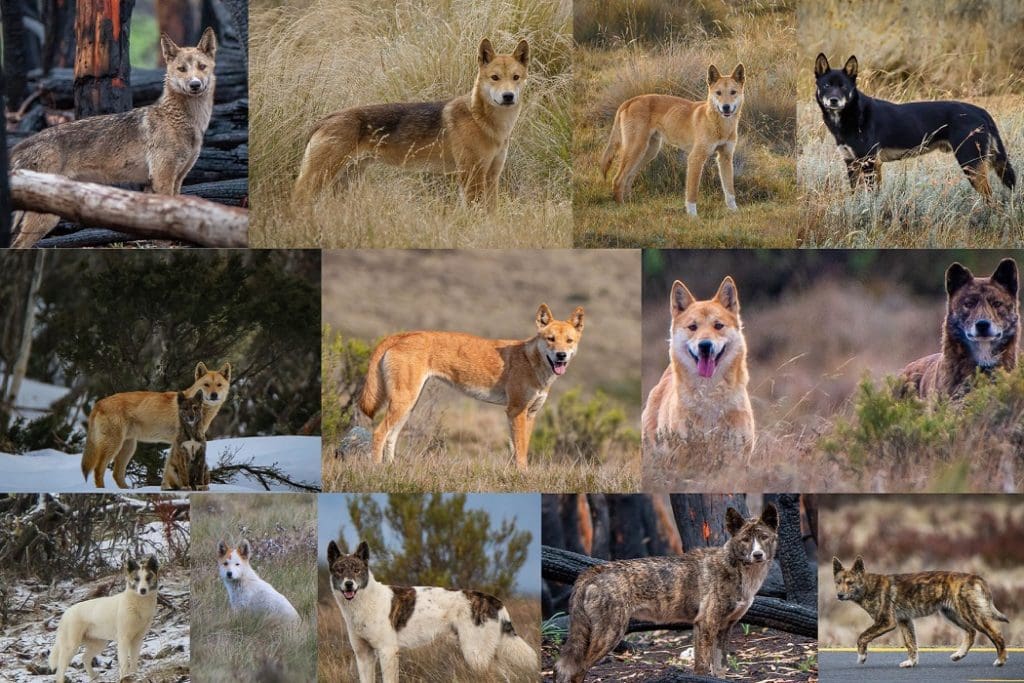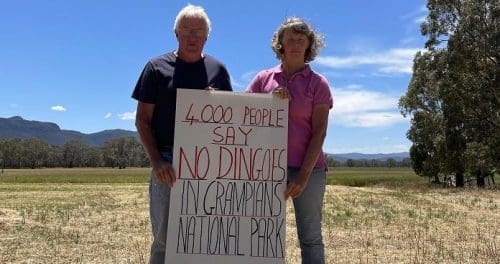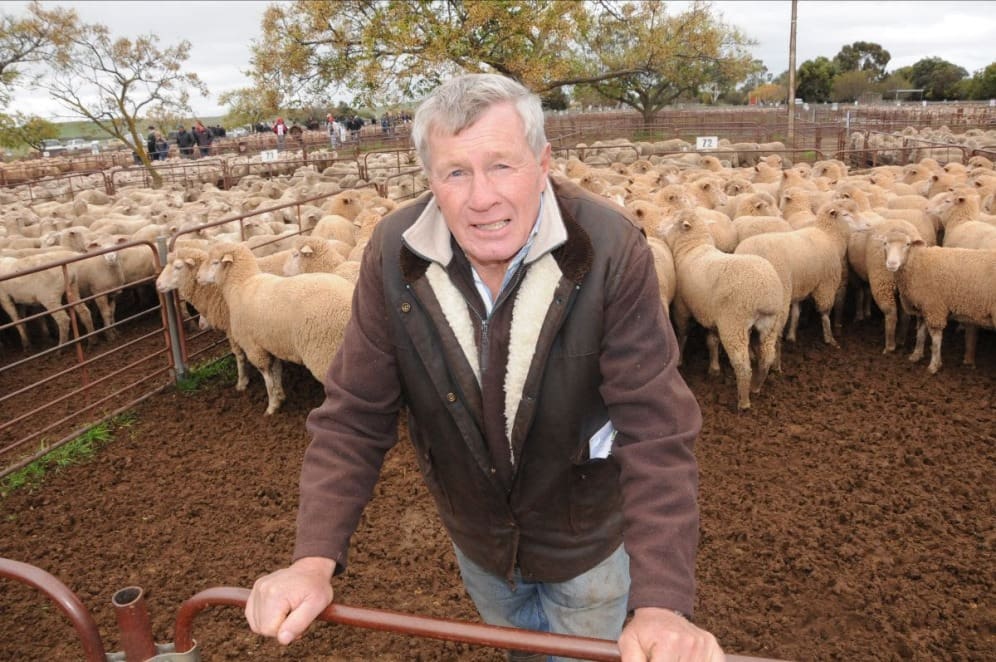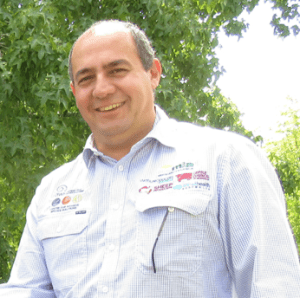
Dingoes come in all colours. Image – UNSW.
VICTORIA’S sheep and wool industry will be at risk of more wild dog attacks with recent changes in the state’s dingo ‘unprotection order’ laws, an anti-dingo campaigner believes.
The Allan Labor Government yesterday said effective from 14 March, a dingo ‘unprotection’ order will conclude in north-west Victoria and will remain in place in eastern Victoria until 1 October 2024.
The wild dog component of the current Fox and Wild Dog Bounty Program will also not continue in the north-west, although there will be no changes to the fox bounty in the region.
The government said the decisions follow new research, strong advice and the effectiveness of non-lethal dingo control methods to protect livestock.
Victoria’s Wildlife Act (1975) Order In Council ‘unprotects’ the dingo on private land, and on public land within 3km of the private land boundaries to public lands, enabling baiting and trapping.
The government said it is helping protect a vulnerable population of dingoes in Victoria’s north-west while ensuring farmers are able to protect their livestock.
Farmers in the north-west will be supported by a $550,000 investment to adopt alternate non-lethal control methods via a pilot of measures, such as exclusion fencing and guardian animals. This funding will also support the management of other pests including feral goats, wild pigs and foxes, the government said.
Outside the north-west, in other parts of Victoria, dingo control measures will remain unchanged – giving stability to farmers in need of protecting their livestock, the government said. And the review into the government’s wild dog management policies will be finalised in the next six months and consider the new research alongside the impacts on livestock.
Will dingoes in the Grampians be next?

Victoria Valley wool growers John and Rhonda Crawford have been campaigning against dingo reintroductions.
Victoria Valley Wool producer Rhonda Crawford said she was concerned the government’s next step will be to reintroduce dingoes into the nearby Grampians National Park or Gariwerd.
Mrs Crawford and her family have been lobbying for the government to respond to recommendations in the Parliamentary Report into Ecosystem Decline in Victoria that included removing the Order In Council with its three-kilometre livestock protection buffer, reintroducing dingoes in some parks and phasing out 1080 baiting.
“The writing is on the wall,” she said.
Mrs Crawford said the $550,000 offered for adoption of alternate non-lethal control methods will not be enough to protect sheep flocks from wild dogs.
“Of course not.”
The sheep and wool industry statewide is now at risk of more wild dog attacks, she said.
“Because obviously they are doing the animal rights bodies and the traditional owners.”
Mrs Crawford asked what future would her children have in taking over an operation at risk of wild dog attacks.
“What have they got if we can’t keep them (wild dogs) in the park and they will come out and gradually work their way through the state?”
Removing order could be the first step in undermining sheep and wool

SA woolgrower and chair of the National WIld Dog Management Coordination Committee, Geoff Power.
The National Wild Dog Action Plan Coordination Committee said the government’s decision has left sheep and cattle producers in the region ill-equipped to prevent wild dog attacks on their livestock.
Committee chair Geoff Power said the decision could have a severe impact on livestock producers in the north-west region and it was extremely disappointing that industry was not involved or consulted in this decision.
“The economic and environmental impacts of wild dogs are significant, not to mention the emotional toll on producers when they experience attacks on their livestock.
“Removing the dingo unprotection order in the north-west could be the first step in undermining the state’s $4.5 billion sheep and wool industry and the 9200 jobs that it provides for Victorian residents,” he said.
With the dingo unprotection order remaining in place for eastern Victoria until 1 October 2024, Mr Power said industry would continue its attempts to engage with the Victorian Government during the remainder of the review process.
“For industry, it’s not about eradication of dingoes, it’s about control. While this decision is devastating for producers in northwest Victoria, the NWDAP Coordination Committee is hopeful that it can work with the Victorian Government during the remaining six months of the review to find a balanced approach to wild dog control in the state,” said Mr Power.
Only a matter of time before wild dogs spread

National Wild Dog Management Plan coordinator Greg Mifsud
National Wild Dog Management Plan coordinator Greg Mifsud said without the ‘unprotection’ order in north-west Victoria, it’s only a matter of time before wild dogs spread to other parts of western Victoria.
“For industry, this decision is the realisation of their worst fears – of being almost powerless to protect the welfare of their animals from wild dog attacks.
“It begs the question of when does the welfare of one animal trump the welfare of another?”
“The reality is that the dingo unprotection order provides a balance between wild dog control and dingo conservation.
“The order only operates in 1.6 million of the 4.7 million hectares of public lands in the east and northwest of the state, leaving over 3.1 million hectares of public lands including state forest and national park where dingoes are free from lethal control,” he said.
Animal protection organisation welcome government decision
Animal protection organisation Humane Society International welcomed the government’s decision, the introduction of control permits and the cessation of the bounty of $120 per dingo pelt.
HIS Australia’s head of campaigns Nicola Beynon said the body congratulated the Allan Government for bringing “these callous and outdated dingo measures” to an end in north-west Victoria.
“Now we need to see an end to the unprotection order in the rest of the state,” she said.
“Dingoes are an important apex predator in the landscape and are of high conservation value due to their cultural significance and evolutionary role in regulating ecosystems.
“They are intrinsically linked to the health of many ecosystems, and by suppressing cat and fox activity can have a much-needed positive impact on the survival of many other Australian species,” she said.
“We are pleased to see funding for landholders to assist with non-lethal measures for dingo management.
“With native wildlife under serious pressure in our landscapes we can no longer be complacent about their survival, let alone incentivise them being killed.”
Last year HSI Australia published a guidebook for landholders called Predator Smart Farming that outlines non-lethal strategies for dingo management. One such strategy is the use of guardian animals, like Maremma dogs and donkeys, to protect farmed animals from predators.
HSI said the partial revocation of the unprotection order comes as Animals Australia prepares a court case to challenge the order across the state.

Whether these dogs actually have an essential purpose in environment is moot. None of them including the dingo…is native to Australia in origin. It was brought in my aboriginals who came from New Guinea and Indonesia. They thrived in the far outback and notably on some islands. They do kill rabbits, but also wallabies and generally small native species and notably lambs who’s tongues they ‘go for’. The British Government enforced colonisation and turned this land of (now deified) “non-Christian” savages into something completely different, utilising it with the wrong livestock and initiating a nation of mining and agricultural predators while engaging ‘at war’ with the aboriginals who rightly so, tried to expel the colonisers. But the aboriginals were not one tribe nor owned the land in the ‘developed-world’ sense. The British did not bring dingoes, but a plethora of other ‘pets’ and pests, including the un-nutritious rabbit as food, foxes to hunt and pigs for food, creating a catastrophe.
We all know I guess that dingoes are only a small part of the dog problem and cat problem. The more food we provide the more they multiply. On fencing – I have seen a Ridgeback dog jump an eight foot high fence with no scrambling, so an electric fence that may have some good outcomes can be overcome by intelligent dogs.
It’s now known that killing older foxes for example makes their young wilder, parentally unguided young a real nuisance. If one can shoot safely, my view is not to use 1080, but to shoot the younger dogs that are not completely owner controlled, and any cat also. I reject the excuses of people own cats and dogs and let them roam. They roam to mark territory and reproduce and the cost in native wildlife, let alone in livestock, is staggering.
Feral/wild dogs pose a threat to livestock – that’s why they need to be removed from the landscape.
If the dingo breed of dog is popular, it will be domesticated, properly cared for and kept under control, like other potentially predatory dogs – Alsatians, Rottweilers, Pit Bull terriers, Maremmas, etc.
That’s the way to save it from extinction.
The only way to stop dingoes is electricity. There are now electric fences that do the job. forget “exclusion” fences that quickly get holes. A proper multi wire fence has virtually no maintenance issues. However, it gets no recognition for what it does. The small number of graziers who have adopted it cannot sing its praises higher. Wake up. There is a solution.
What Greg fails to mention is that in those “unprotected” public lands there are no dingoes left. They’ve already been eradicated.
And if the plan is not to eradicate them, then what is happening in South Australia, you know, that borders Big Desert/Wyperfeld?
There are approximately 40 Big Desert dingoes left. They are effectively critically endangered.